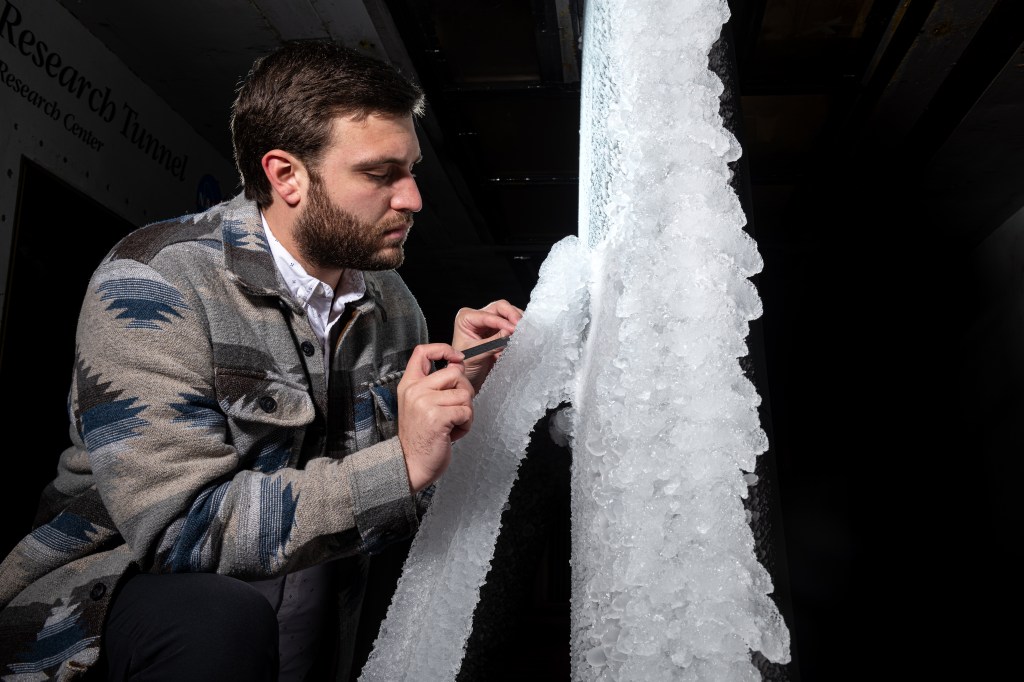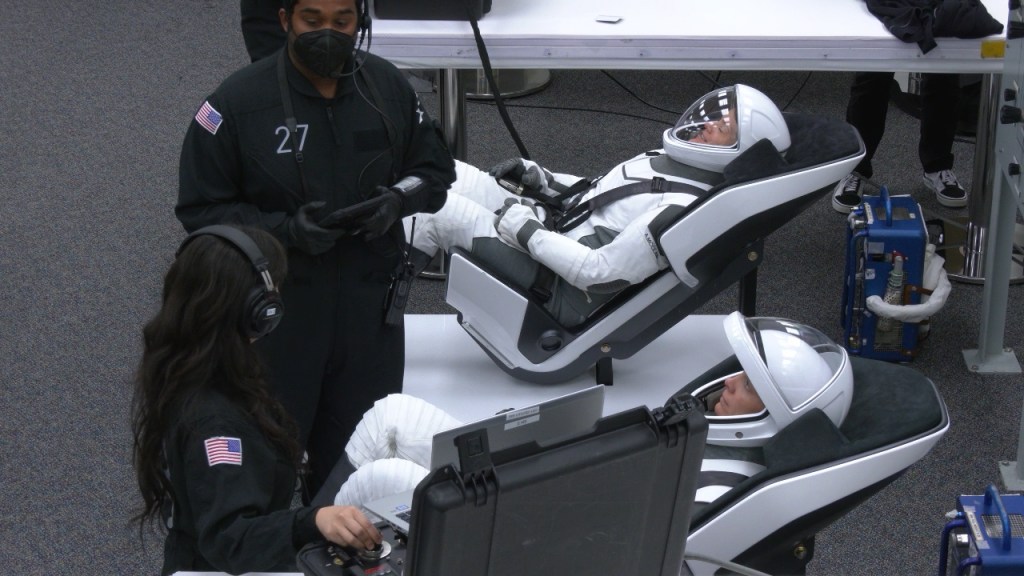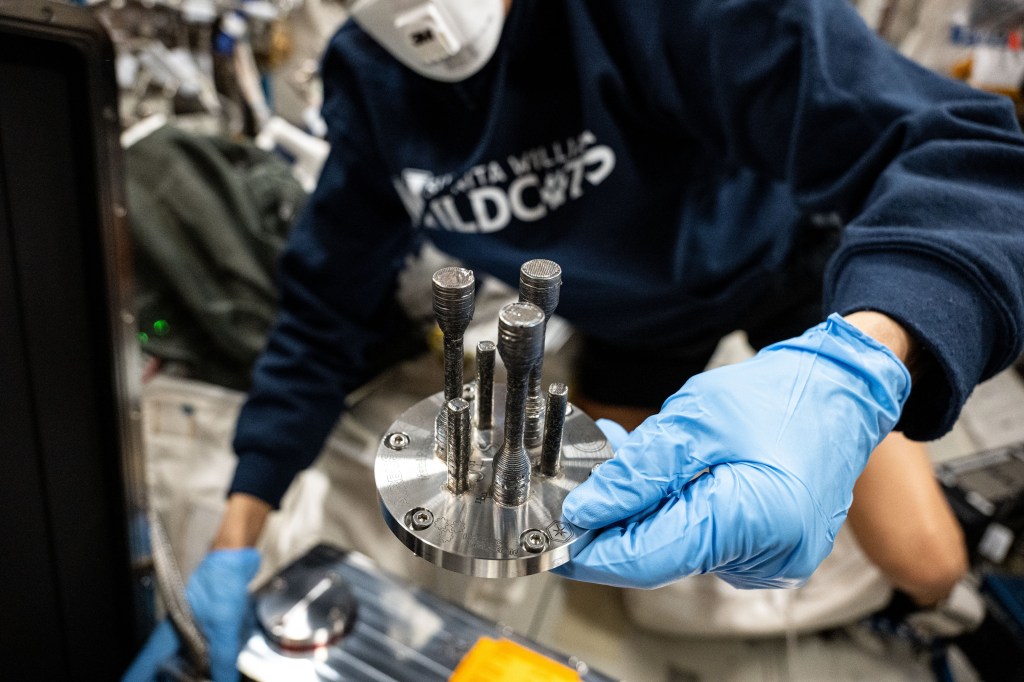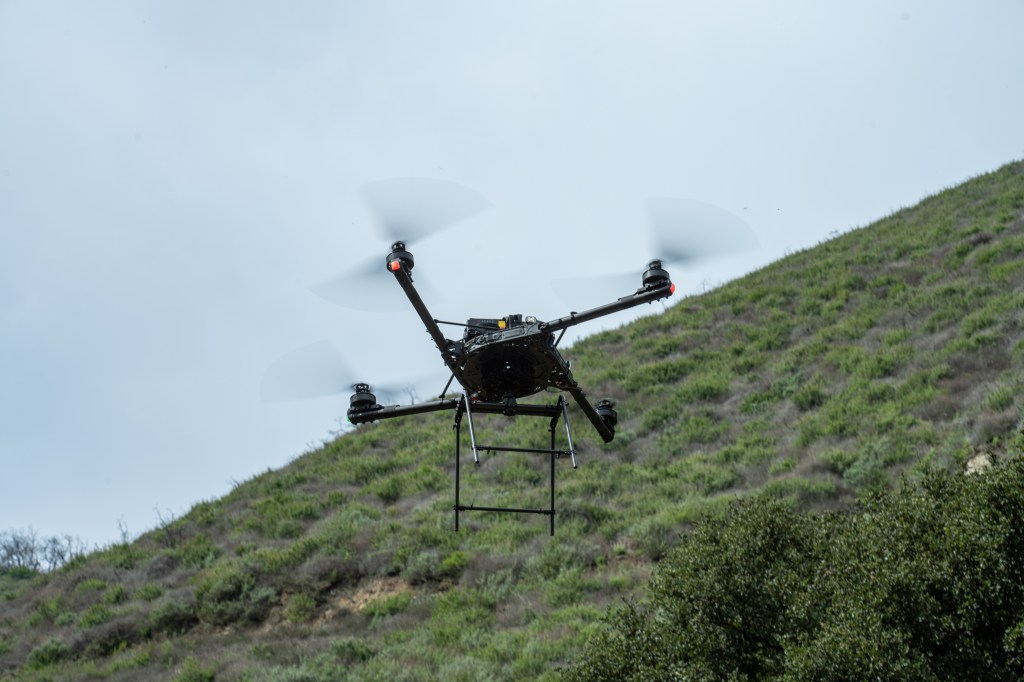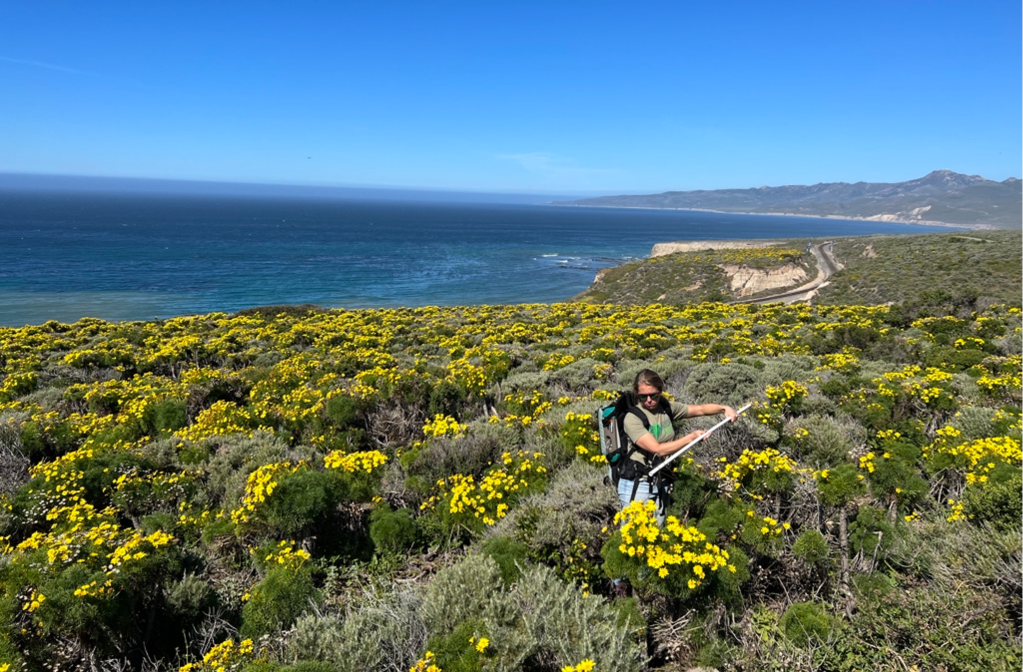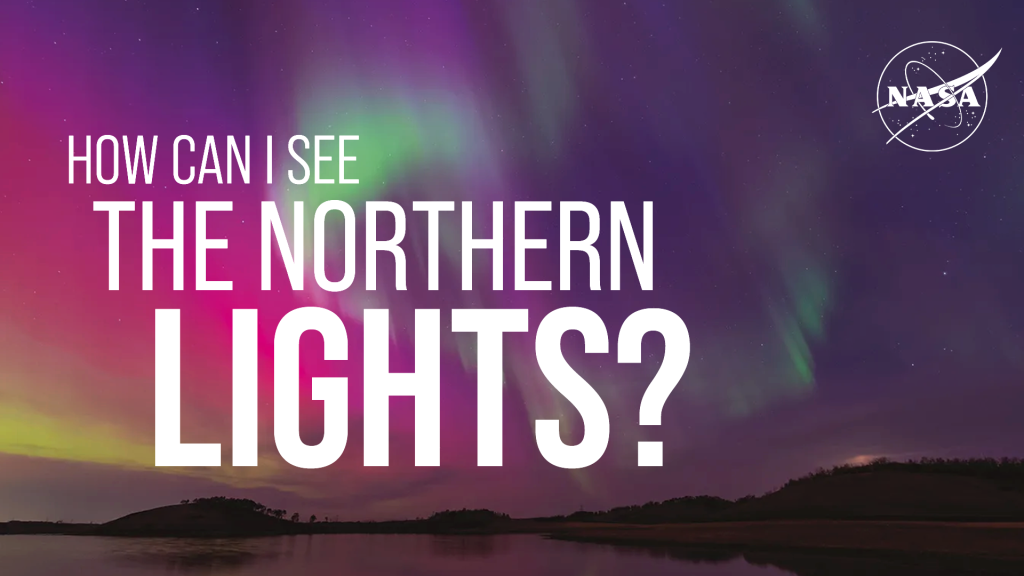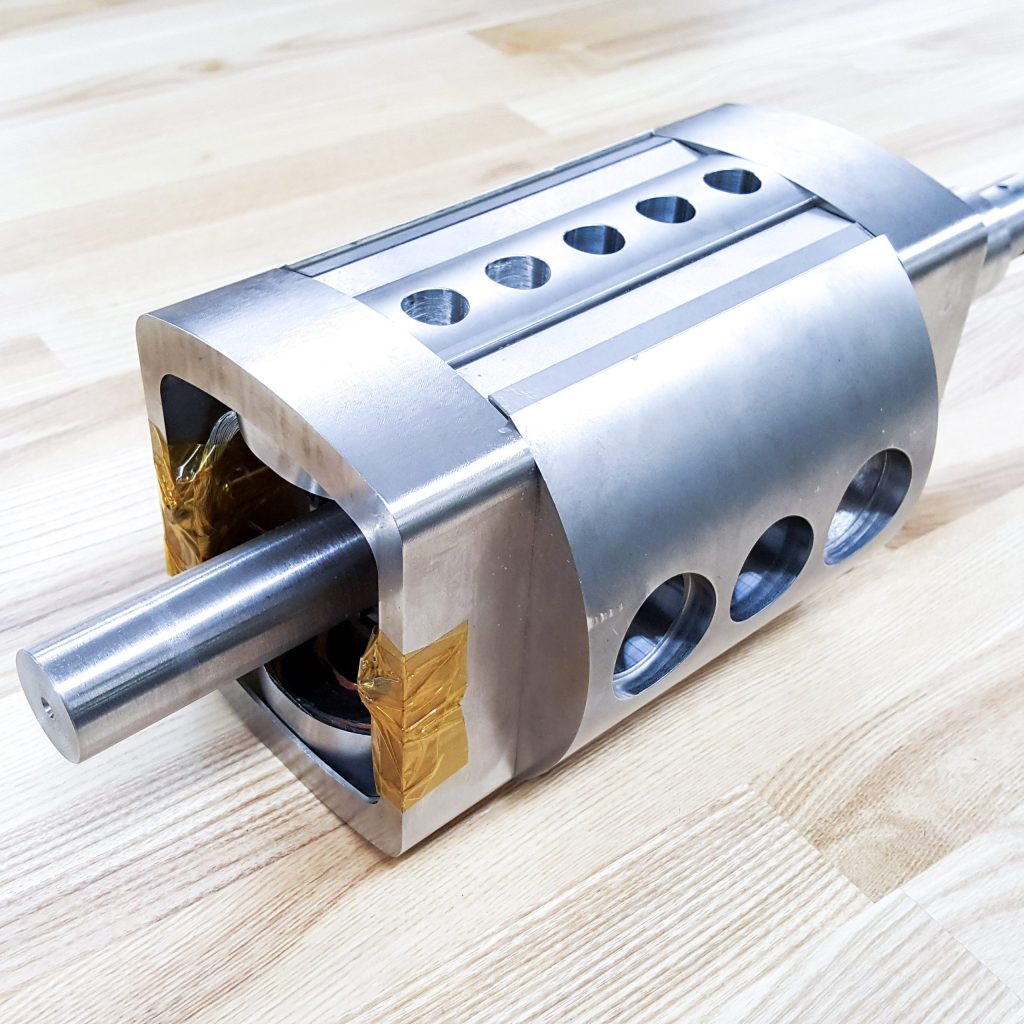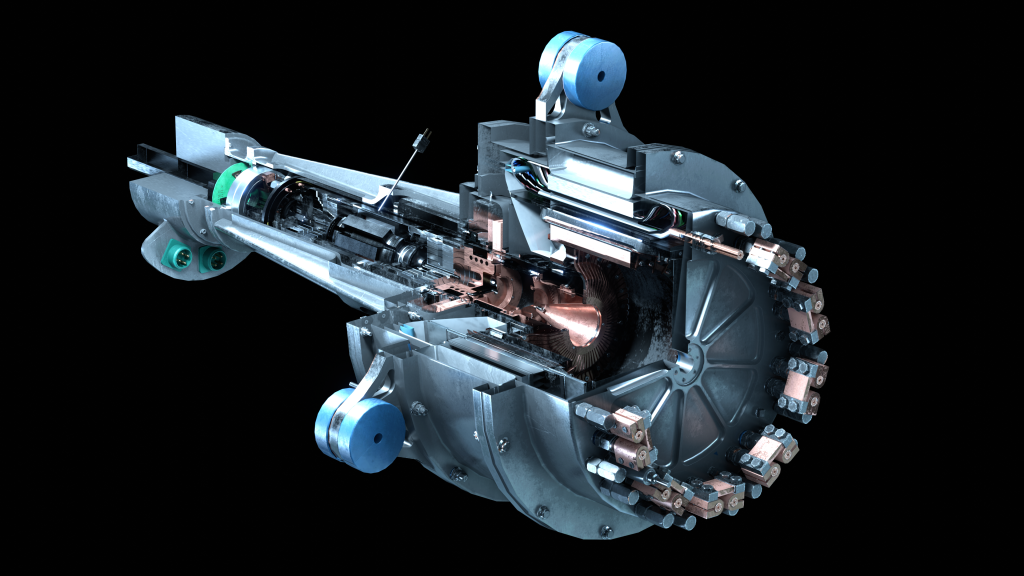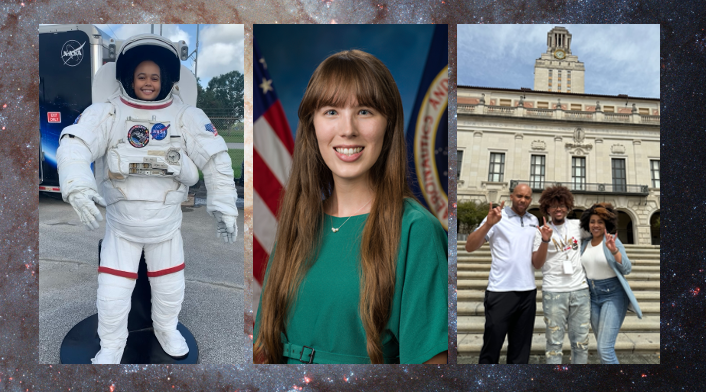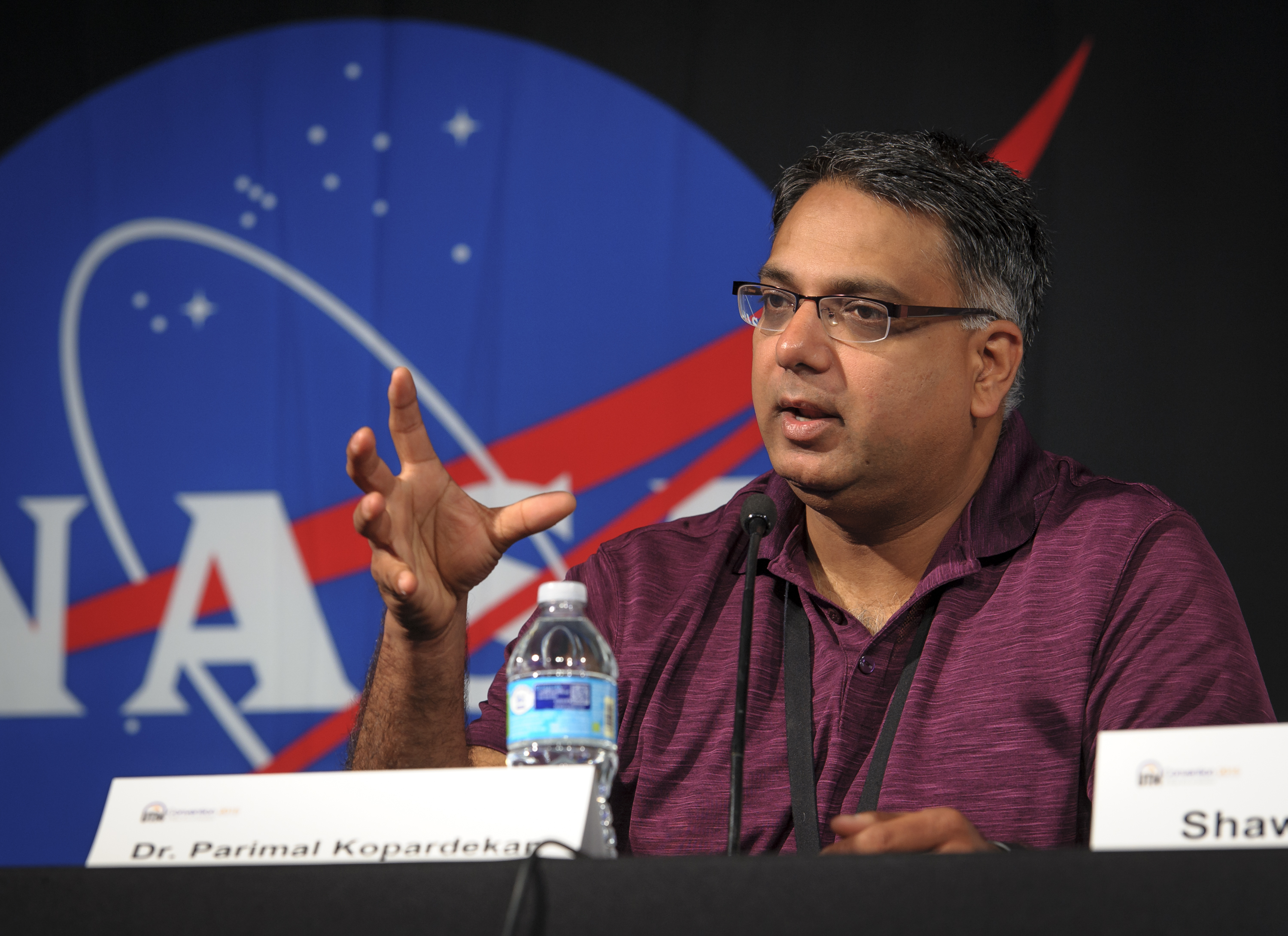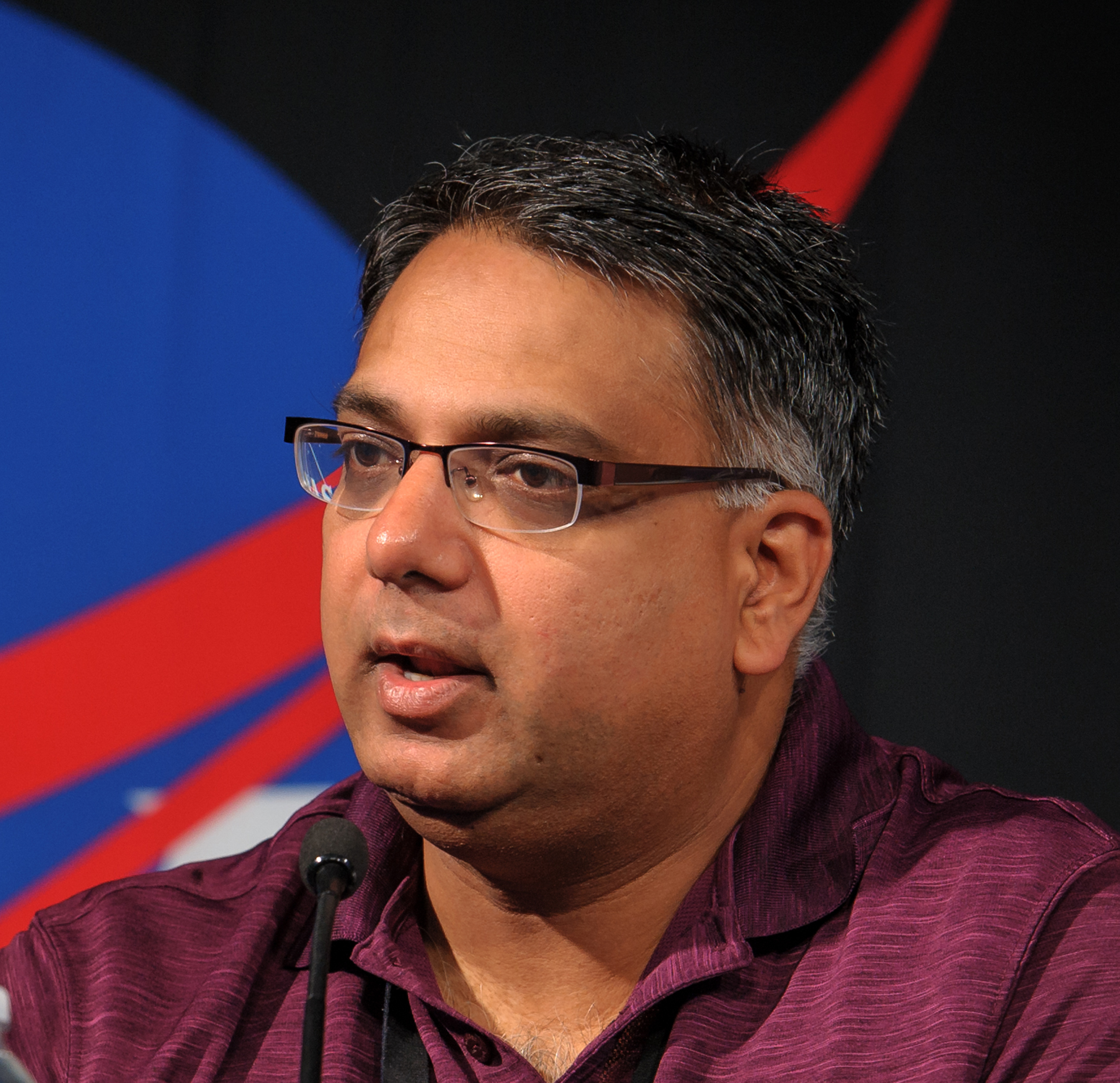
A rerun of a conversation with Parimal Kopardekar, NASA’s senior technologist for the Air Transportation System at NASA’s Ames Research Center in Silicon Valley.
Transcript
Matthew Buffington (Host):Welcome to the NASA in Silicon Valley podcast, episode 93. Our guest for this special rerun episode is a throwback to episode 41 with Parimal Kopardekar, better known as PK. PK’s NASA’s senior technologist for the Air Transportation System, and principal investigator for Unmanned Aerial Systems Traffic Management, also known as UTM. We discuss his work involving “the first A in NASA”: aeronautics. Back in May 2017, NASA, the FAA, and several partners were conducting a national flight campaign, using tools at six test sites from all around the country. This was called UTM Technology Capability Level 2, because NASA loves an acronym, its’s TCL2. This is all reminding us that NASA is with you when you fly.
PK is also a finalist for the Samuel J. Heyman Service to America Medals. Also known as “The Sammies” the People’s Choice Award 2018. The award recognizes federal employees who have made admirable contribution to the American people. So, if you want to go vote, just do a search for Sammies People’s Choice Award and you’ll definitely find it.
But for now, let’s listen to our rerun conversation with Parimal Kopardekar.
[Music]
Host: Tell us a little bit about yourself. How did you get to NASA? How did you end up in Silicon Valley?
Parimal Kopardekar: It’s interesting how I got to NASA. I was doing my Ph.D. in industrial engineering and wanted to look for a dissertation topic. I was attending a conference in systems safety in Cincinnati, and I went to a talk where they talked about air traffic management, airspace operations, and how complex it is, and how many pieces of equipment, how many aircraft they handle, and what kind of challenges they have. So that motivated me to pick a dissertation topic focused on air traffic management for my Ph.D. And then after that, I got motivated to continue to work in that area, because it was so exciting at the time. And an FAA [Federal Aviation Administration] contractor was looking, so I actually was hired by an FAA contractor. And then I worked for an FAA contractor on FAA’s site in Atlantic City for ten years. And then FAA hired me in 2002, and they sent me to NASA as part of the technology transition program between FAA and NASA at the time. And then I switched from FAA to NASA in 2004. So, I’m all about the first “A” in NASA, which is “aeronautics.” And one of the parts of aeronautics is aerospace operations.
Host: I was going to say: when people think of air traffic controllers, obviously the FAA is the first thing that comes to people’s minds. That makes sense. And then when you start throwing NASA into there, I think most people in the American public would be like, “How is that? NASA is space and rockets. What does that have to do with air traffic control?”
Parimal Kopardekar: Certainly. The first A in NASA is “aeronautics.” In aeronautics, we do foundational aeronautics, focused on aircraft wing shapes, propulsion – things like that. But in addition to that, we also focus on airspace operations – “How do you make sure that the entire space operations are safe, efficient?”
We have a high throughput, reduce delays, reduce congestion, promote access to the new entrants in airspace, such as commercial space transportation or unmanned aircraft systems, drones, a lot of other new entrants that are coming up. People are also imagining personal air vehicles. So, how do you make sure that we enable access to all the new entrants in the airspace in a safe and efficient manner? That’s what airspace operations is really focused on.
Host: You started working on these big thoughts on how to improve air traffic management when you were doing your Ph.D. and working for the FAA. They send you over to NASA to help work on some collaborations, and you’re like, “I think I’ll stay.”
Parimal Kopardekar: Absolutely. It was a reverse technology transfer, so to speak. Typically, the research goes from NASA to FAA, and in our case, I switched over. So, a lot of my FAA friends still joke around. They say, “Even though you’re working for NASA, you’re still doing FAA-type work.”
Host: Did you move from Atlantic City to the Bay Area, then?
Parimal Kopardekar: Yeah. We moved from Atlantic City to the Bay Area. My wife also had recently finished at the time a fellowship. So, she got a job here, and then we moved here. That was an exciting time.
Host: When you first came over, was it still working on air traffic control as we know it today, with airplanes and with different airports? Or were you already starting to dabble into unmanned aircraft and drones?
Parimal Kopardekar: Yeah. That was 2002, and we were still focused on improving current operations and enabling, basically, better access and efficiency for the operators at airports, or new entrants. We were also looking at different models of air/ground traffic management, but that was all focused on the then manned aviation, primarily.
Host: I know, obviously, “drones” is a little bit of a loaded term. When I was a kid, people had radio-controlled airplanes. And the difference between that and some of these quadcopters – I mean, they call these drones, but it’s still no different. It’s still a human using a remote control. The point where it becomes a drone or unmanned is some of the autonomous aspects.
At least in my head, that seems to be the major difference. Just running a quadcopter is one thing, but now when the quadcopter is following some software or an algorithm to run itself, that’s where it gets more interesting and complicated.
Parimal Kopardekar: Yeah. And that’s where it gets really interesting. A typical cliché is all the cool stuff happens in jet planes and toys. And now you’re beginning to see that migrating into aviation, where you are seeing more autonomy, more GPS-based autonomous operations through drones, because there is no pilot involved inside of the vehicle.
So, it’s done through remote pilot or fully autonomous. That’s what is getting really exciting, and that enables more transformation of aviation operations. You can see a long future. Of course, we had to make sure that these operations are safe, but nonetheless it enables us to start looking at how autonomous operations will take place inside airspace.
Host: I think of self-driving cars, which have lidar sensors, and cameras, and different things that help let it understand its environment. Obviously, you can put some of that stuff on a drone so it knows where it is in 3-D space, but it seems like with too many of them or things moving too fast, you almost need to have them interconnected to each other. They need to know exactly what that other one is doing, almost like a hive, or else it’s just going to be really difficult to work.
Parimal Kopardekar: Yeah. The vehicle-to-vehicle communication, or what we call “detect-and-avoid,” is an interesting thing that we are also learning from what’s happening on the ground transportation in that space. But as you start to scale these operations, you would need things that are similar to what’s happening in autonomous cars.
The interesting part of the drones is the larger the drone, the drone has a capacity – what we call “SWAP,” size, weight, and power – to handle the sensor packs and things like that. Here, if the drone is smaller, 55 pounds and below, and it’s carrying some kind of a package, then you’re trying to optimize the configuration of the vehicle such that you are able to carry more goods or offer services in the form of payload. So, the size, weight and power is somewhat restricted for the smaller drones.
An interesting part of all that is we are miniaturizing the sensors, and the ability to detect wires in the airspace, or detect other manned aircraft or unmanned aircraft in the airspace.
Host: Going back to drones, in the commercial space, or the consumer space, really, for Christmas, or for their birthdays, or for the holidays, they get these quadcopters. And people take them, and they start flying them around. Anybody who’s getting some of these things, what should they know about in terms of the rules or things that they should or shouldn’t be doing? You know, most people think, “Oh, cool. I got a toy. Let me play with it.”
Parimal Kopardekar: That’s the fun part of this, right? Now it’s opening for the masses, but obviously these are safety-critical items, because once you go into the airspace, you could accidently cause some trouble. So, the first thing you need to do is register them. FAA has a very good web site to register these, and FAA has done a remarkable job figuring out how to register quickly and efficiently.
The second thing you should do is… FAA has another app called “B4UFLY,” and there’s another one called “Know Before You Fly.” You can use these apps and figure out what airspace you can actually operate these drones in as a hobbyist and what airspace you can’t.
There are a number of rules, and then you need to follow these rules and guidelines that have been established by FAA. And if you are a member of Academy of Model Aircraft, they have certain guidelines as well. So, you can follow those.
But it’s important to follow those rules, like 5 miles away from the airport, less than 400 feet, not on top of people, and things like that. So that’s very important that you follow those rules to maintain the safety of other operators, or other people that are surrounding you, as well as your own drone.
Host: And some of the tech that you’re working on now is staying in the air traffic control research world. What you’re working on is the, “What does air traffic control look like for these drones?” and even being automated and people putting in requests. Talk a little bit about some of that stuff.
Parimal Kopardekar: So, one of the restrictions today is the visual line of sight. Whether you are a hobbyist or commercial, largely you have to follow the visual line of sight.
Host: You have to see it.
Parimal Kopardekar: You have to see the drone… Now, we are looking at the future, where the drones, the vehicle technologies themselves, can get to beyond the visual line of sight, because you can track yourself better, and you can basically do your planning better, and there is a battery capacity to go beyond the visual line of sight, and things like that. And you can perhaps detect wires and other obstacles in the airspace.
Then the question comes, “What happens when you have multiple operations going beyond the visual line of sight? How do you know of each other’s existence?” That requires a system – what we characterize as “unmanned aircraft system traffic management.”
So simplistically, you publish your area of operations or flight plan, and keep track of what’s happening in the airspace. And the vehicle gets tracked and enters what’s happening in that airspace. So not only you know where you are intending to operate, but you know exactly your location at the time of operation. And then you can keep track of how the vehicle is progressing.
So fundamentally, you want to make sure that you are where you say you are going to be. That avoids conflicts with other vehicles, as well as you avoid any geofence areas. It could be an airspace 5 miles away from the airport that you need to stay away from, or a building and things like that – any obstacles.
Host: Does weather also get added into this?
Parimal Kopardekar: Weather is definitely a big thing. One of the things we have learned over flight tests multiple times is that these vehicles, because they are a little bit lighter than helicopters and general aviation, which operate in this airspace typically, they are lighter, so they are more susceptible to changes in the wind. They get bounced around.
Host: That’s right, especially higher up where you have gusts of wind.
Parimal Kopardekar: Yeah, exactly. And then sometimes you see thermal effects, which is the air is lighter because it’s hot. And then all of a sudden you get headwind, and your capacity to go up faster gets limited because you spend more energy in staying in the air because air is thin. And then on top of that, you have a headwind.
So, it’s something that we are learning very interesting effects on for these smaller vehicles. And it has implications on knowing what’s in the airspace, what constraints exist. Weather is one of them. Other operations is another one. And staying clear.
Host: You’ve run some tests at airports – I believe at Charlotte, but also at Reno. Are you implementing some of these ideas and testing out the software to see if it works?
Parimal Kopardekar: Yeah. Fundamentally, what we are after is five basic principles: every operator has to authenticate to enter the airspace. The second is every operator has full awareness of constraints in the airspace – so other operations, or any geofence areas, or bad weather patches.
The third one is the drones avoid each other and drones avoid manned aviation. One of the requirements for drones to operate is that manned aviation has a priority. The last one is public safety has a priority over all of them.
So, when we did the tests, we looked at these principles and said, “How do we actually convert it into a system?” So, we allowed multiple operators to go beyond the visual line of sight. It was a combination of beyond visual line of sight and line of sight operations.
So, they connected through a common protocol that we established. The first one could connect, and the second one could see that there is a preplanned area of operation, and the third one, and the fourth one, and so on and so forth. So, they could plan their area of operations staying clear of each other’s airspace. That was the first layer of safety.
And then there is tracking involved. You track all the vehicles, and make sure that they stay within the airspace that they said they were going to be. We also studied what happens when there is a deviation from the planned area of operation. It’s like defensive driving. One vehicle drifts, but then you need to make sure the other vehicles get alerted right away, that the operators get alerted right away, and they stay clear, because even though you didn’t cause the conflict, you need to make sure that you don’t get hurt in that process, just like defensive driving.
So, we studied that. We also studied what happens when we need to push a priority access for public safety – if there’s a lost hiker, or a search-and-rescue, or anything like that. So, we need to be able to send messages to everybody right away and say, “Please clear the airspace.”
So, we studied these hypothetical situations to push the limits of the system and use cases to see how this UAS traffic management will actually support applications, use cases, and at the same time maintain safety.
It’s all about balancing, basically, safety while promoting the innovation, so what we’d like to call… We are innovating relentlessly and enabling innovation in aviation while respecting its tradition of safety.
Host: In early 2017, there’s going to be – or there was, depending on when this airs – another test in Reno.
Parimal Kopardekar: Yes. We conducted a test in Reno where we had five different operations happening at the same time. We had 14 collaborators from industry.
Host: And you guys are going back to do it again?
Parimal Kopardekar: That’s right. We are going to actually repeat a similar type of test at all of FAA’s six test sites sometime in April, where we will study beyond visual line of sight using the UTM construct that we have developed, and get further data as to how UTM supports this beyond visual line of sight operations.
Host: What are the steps after that? After you’ve done this research and you’ve run these tests, is it then going into a process of transferring that technology to the FAA, or are there also international partners? How does that work? What are the next phases?
Parimal Kopardekar: Our main government partner in this is FAA, where all the lessons learned get translated into the requirements, and we develop a prototype for the FAA, and we transition all that package of lessons learned, the requirements, as well as a prototype to FAA.
The plan is, with the research transition team between FAA and NASA, that gets implemented and instituted into the operations from FAA’s side. We still haven’t finished the research yet. This is the last and final leg that I’m describing, which will happen around 2019-2020.
We have a number of… very comprehensive sets of collaborators from industry, where we study industry capabilities and possibilities. The cool thing about this project is it’s really collaborative innovation. We work with FAA for making sure that the safety needs are balanced properly, and we make sure we work with industry to continuously innovate…
Host: And eventually, they’re going to use it.
Parimal Kopardekar: And they’re going to be the ones… And so, they’re spending a lot of energy and resources in building technologies, so we want to take full advantage of that. We have over 200 industry and academic collaborators. This has really been the exciting part, this whole notion of collaborative innovation.
Host: After you transfer the technology, I’d imagine there’s still some research and updating for the unmanned aircraft management system, but not too dissimilar to what we’re doing for the manned aircraft, airplanes, that are going on now. We’re still doing research for the FAA in that realm. So even once you transfer this over, it’s not like you get to wash your hands and be done with it.
Parimal Kopardekar: Certainly not. We will continue to improve the operations. Because the technology is also moving fast and improving, things will change on the drone side as well. So, we see the UAS traffic management as collaborative. Basically, the traffic management, airspace management kind of approach could be used for all uncontrolled airspace, regardless of the size of the vehicle, the weight of the vehicle, or the height or altitude they operate. It could be 60,000 feet and up, where the Facebook and Google’s Loon, and other vehicles will operate, you could possibly think about using this approach of exchanging information to each other about areas of operation, and staying clear, and managing by contingencies rather than in usual vehicles.
This is an approach that we are researching, and that’s our primary focus. And we postulate that approach if successful at the low altitudes, it could also apply to the other altitudes.
Host: To see if it then applies higher?
Parimal Kopardekar: Yeah.
Host: Even with the current aviation system now, planes still do have an auto-pilot function of some sort. Obviously, the current air traffic control system has elements of stuff, and you guys are just taking it to the next step, which would be unmanned.
Parimal Kopardekar: Exactly. The idea is to basically use the low-altitude and unmanned aircraft system as a starting point, so to speak, and where the density is low and the risk is low. So, this is why we are starting with the low-risk areas, the remote areas, and slowing increasing these operations and the density.
The FAA’s forecast that was done by Teal Group is suggesting that we will have about 7 million small unmanned aircraft systems by 2020, and 2.6 [million] will be commercial. So, before we get to that point, we want to have a system, and solution set, and operational procedures ready so that the entire airspace will be ready to keep up with the demands of the future.
Host: That’s exciting. So, for people who want to get more information, understand where you are in the research, where is the best place to go?
Parimal Kopardekar: We have a great web site: utm.arc.nasa.gov. We also have annual conventions. We did a first convention on UAS traffic management in 2015 in Silicon Valley, and the second one was done very recently in November 2016 in Syracuse. We haven’t decided where we are going to do this in 2017.
There is also Global UTM Association. They have a web site: www.utm.aero. They are also looking to harmonize the UTM principles across the world. So, there’s really a lot of exciting things happening. A lot of companies are coming up with UTM [unintelligible].
One of the fundamental things we do in UTM is roles and responsibilities. So, we have a role for FAA as a regulator, so they set the rules: where to go and not to go, which airspace is open. If the president is coming in town, certain airspace gets locked. Things like that…
Then there is a UAS operator, so the operator, or the end-user, who decides to do some use case, whether it’s delivery, whether it’s surveillance, or taking pictures, things like that. And the third role is what we call “USS,” UAS service supplier. They could do your flight planning. They could give you 3-D maps. They could provide you with wind or weather data.
So, some companies want to be both. Big companies may want to be the service supplier to themselves, because they will have a large fleet and a lot of diverse operations. And others may want to buy these services from someone else. So, there are a number of companies that would offer those services.
And the interesting part of UTM is the way we structure this collaboration is through the data exchanges. So, these operators connect into the UTM. That allows them to send information or access information pushed by FAA as a regulator about airspace. And then the USS to USS can exchange information with each other about their areas of operation.
So, it’s collaboratively making sure that we stay clear of each other’s areas and enhance safety.
Host: Are there other countries that are working on variations of this?
Parimal Kopardekar: Definitely. Surprisingly, UTM has been taken up by pretty much all major nations so far. We’ve see interest from New Zealand, U.K., Australia, Singapore, Japan, Korea. . .
Host: I imagine there’s some collaborations. There’s stuff that they’re learning that people can share.
Parimal Kopardekar: Yeah. We have a couple of international countries that are working with us, and we are sharing lessons through rights agreements and such. But there’s a lot of interest at the global level in this. We are looking forward to seeing how these operations can be harmonized across the world so that vehicles built, regardless of which country of origin, can be used in the UTM environment anywhere in the world.
Host: Excellent. So, for anybody who is interested on these upcoming tests that are going to be happening, you can keep your eyes open on www.nasa.gov/ames, also www.nasa.gov/aero. Also, we are on Twitter @NASAAmes. We are using the hashtag #NASASiliconValley. So, if anybody has questions for PK about drones, or air traffic management, or some of the stuff that he’s working on, feel free to hit us up and we’ll have PK get to you.
Parimal Kopardekar: Thank you.
Host: Thanks for coming.
Parimal Kopardekar: Yeah. Thank you. Thank you for inviting me. This was awesome.
[End]


